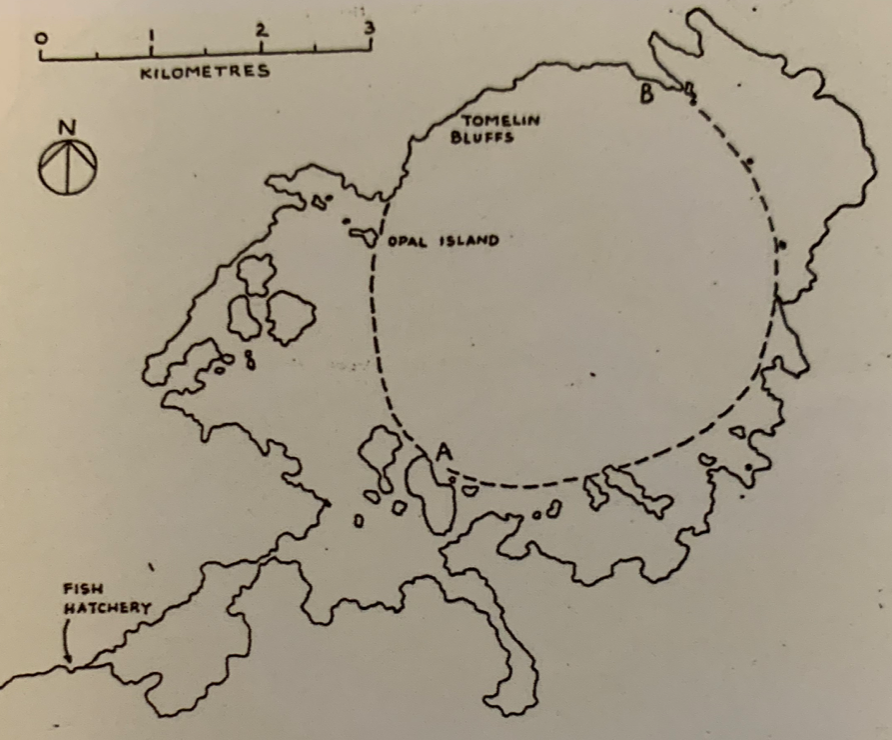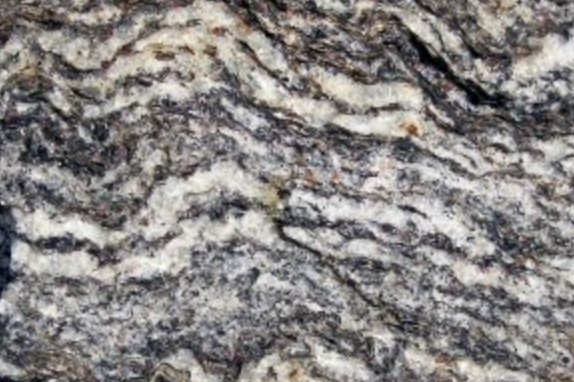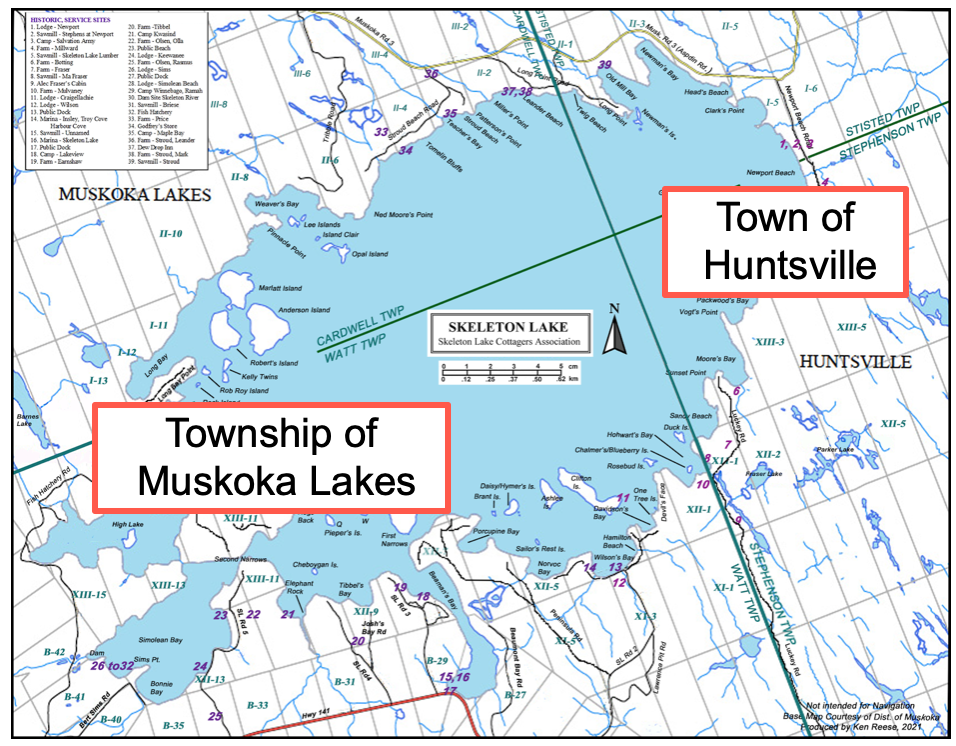About Our Lake |
Formation Skeleton Lake is a large lake with some of the highest and most spectacular shoreline cliffs in Muskoka. The lake divides into two distinctly different parts. The main body of the lake is circular, some 3.6 kms in diameter, and is wide open and ringed by islands. The south part of the lake is shallower at 12 metres and contains several Islands. A meteorite is known to have formed the crater that is now filled by the waters of Skeleton Lake some 541 to 252 million years ago. |
|
| Geology Skeleton Lake lies on the rocks of the Precambrian Shield, a formation covering half of Canada. These rocks are the oldest on earth and originated in the Precambrian Era, a period that had such simple organisms that only the faintest of fossils can be found. The original igneous or volcanic rocks formed a billion years ago. As the continental plates were merging, resultant pressures created a massive range of jagged mountains. Under these mountains, a massive dome of granite pushed upward. The granite bedrock around Skeleton lake metamorphosed primarily into gneiss, striped with distinctive bands of colour, that has been glaciated, weather and slowly reduced to a rolling landscape over time. Excerpts from The Bones of Skeleton Lake, Chapter 1: The Geology of Skeleton Lake |
| Location Located within the District of Muskoka, Skeleton Lake falls within two of its six townships - Township of Muskoka Lakes and the Town of Huntsville. Prior to 1970, before Muskoka's townships were merged, Skeleton Lake was located within the four Townships of Cardwell, Watt, Stisted and Stephenson. You will still hear these terms used today to describe cottage locations and areas of the lake - especially by long-time cottagers and residents. |
The Basics ...
|
More Information:
- Skeleton Lake Crater Explorer
- Skeleton Lake MNDMNRF

 The Skeleton Lake Crater
The Skeleton Lake Crater
